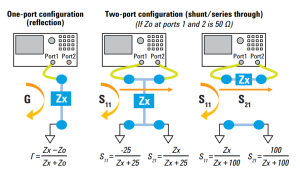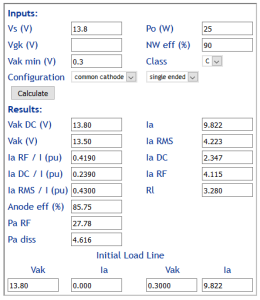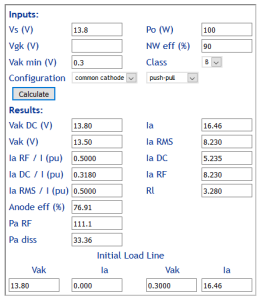This article reports an experiment to evaluate the usefulness of precision GPS for the purpose of location data for automated antenna field strength surveys.
The experiment was conducted with the rover located in a fixed location 13km North of the reference station at Symonston and with very wide view of the sky, about 7:00 am 07/04/2016.
Only GPS satellites were used for the rover.
The software was RTKLIB v2.4.3b8.
The GPS was a UBLOX LEA-6T with a small patch antenna (as sold for small UAVs). The LEA-6T provides binary data as used by RTK for carrier phase measurements. Above is the GPS and a USB-RS232 adapter. Continue reading Precision GPS experiment #1

 This article describes a work around that makes the thing usable (IMHO).
This article describes a work around that makes the thing usable (IMHO). 







